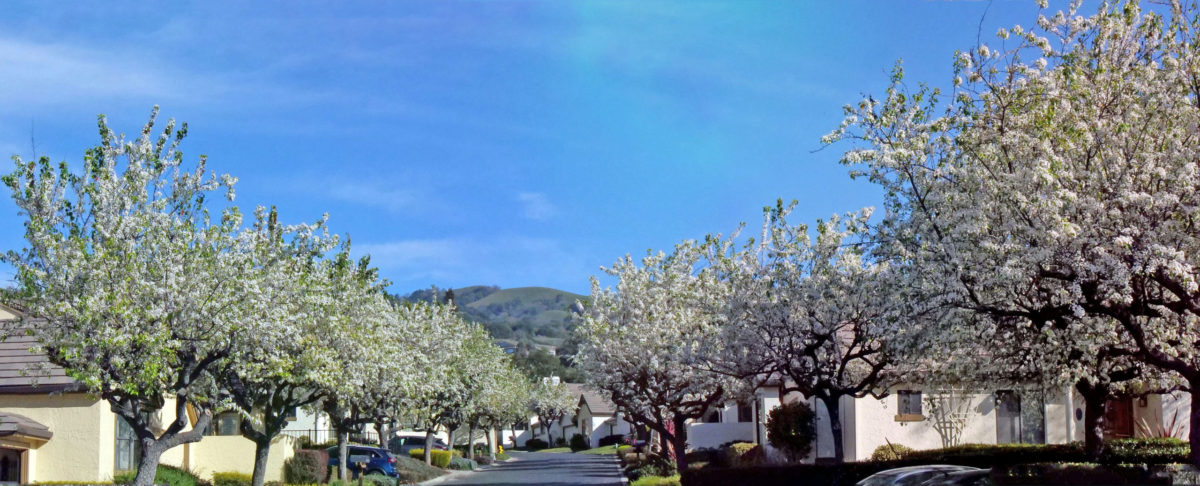The Climate Crisis Threatens Our Food Supply
The food supply faces threats from heat, pests and diseases that are spreading each year. Crops respond by becoming less nutritious and accumulate toxins.
Threats to the food supply are many interrelated factors. The complexity of these interrelated factors affect the nutrition, yields and overall quality of our food supply.

Pests may get stronger and further compromise plant health and yields.


High CO2 may increase the growth rate, but ultimately reduce the concentration of protein available. Resulting in lower nutrition.

According to the US Global Change Research Program, high carbon dioxide concentrations cut levels of key nutrients such as iron, zinc, calcium, and magnesium by 5–10 percent in most plant species. This means most crops have fewer essential minerals per calorie and become less nutritious.[7*]
An article in The Guardian, currently, about 2.4 billion people get at least 60 percent of their zinc and iron from staple crops like wheat, rice, and potatoes.[8*]

[7*] Lewis Ziska, et al., “Climate and Health Assessment Chapter 7: Food Safety, Nutrition, and Distribution,” (US Global Change Research Program, 2016). https://health2016.globalchange.gov/food-safety-nutrition-and-distribution
[8*] Damian Carrington, “Climate change making food crops less nutritious, research finds,” The Guardian, May 7, 2014. https://www.theguardian.com/environment/2014/may/07/climate-change-food-crops-nutrition

